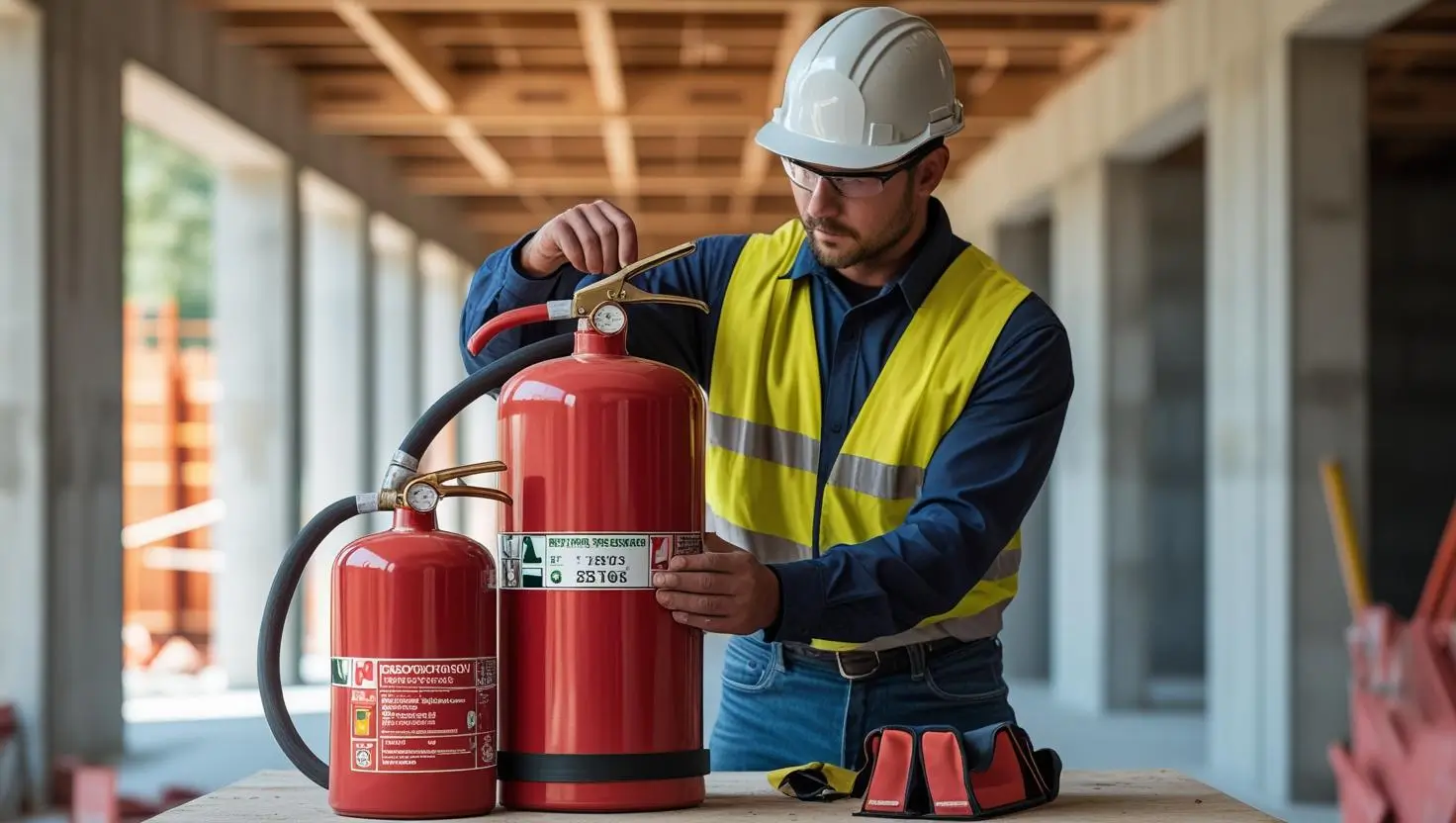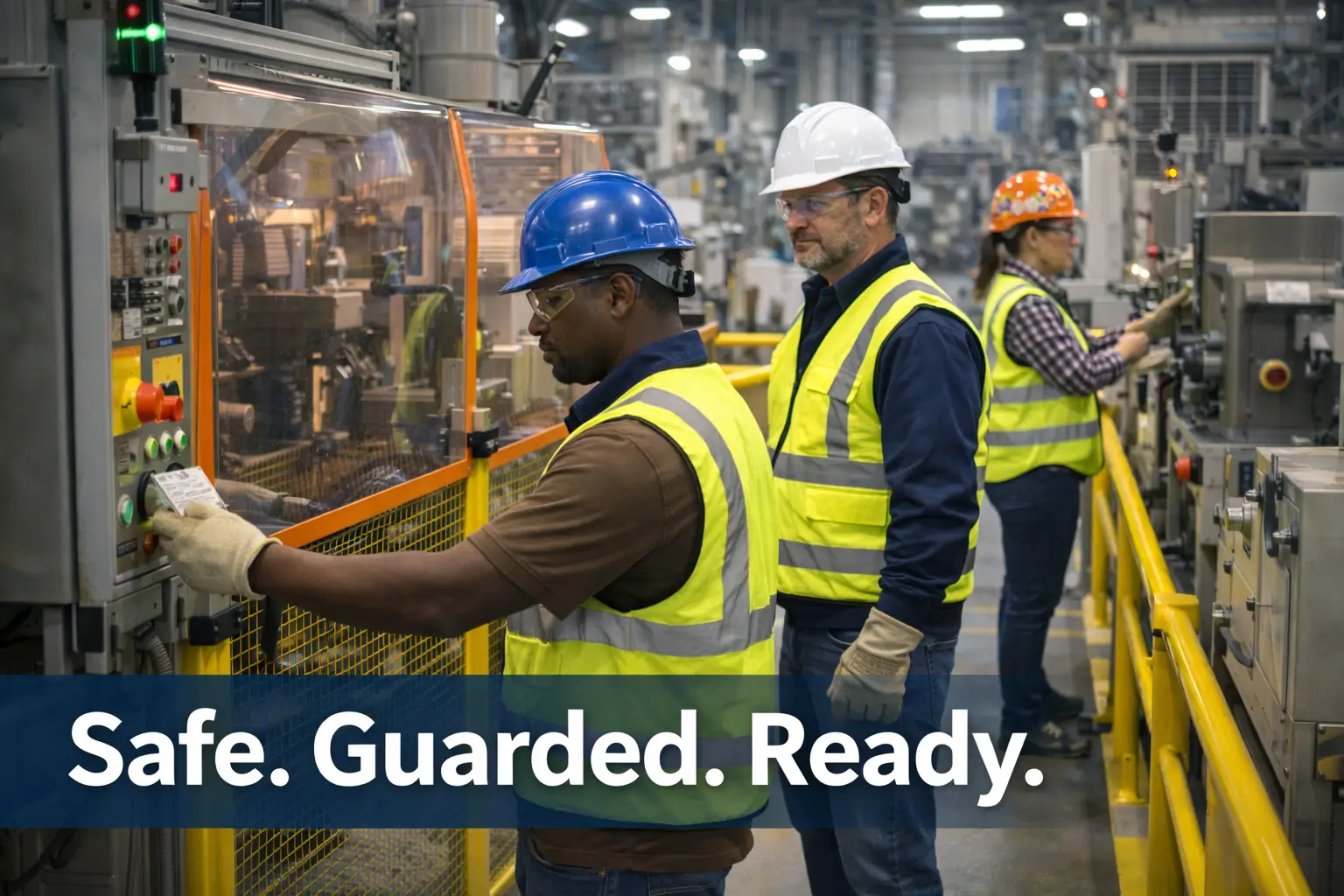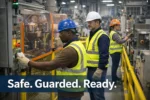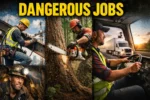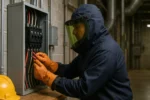Construction sites are high-risk environments where combustible materials, electrical systems, and flammable liquids are often present. These hazards make fire safety a critical component of site management. Fires can start quickly and spread rapidly, threatening lives, damaging property, and causing costly delays.
To mitigate these risks, it is essential to equip sites with the correct types of fire extinguishers, ensure they are easily accessible, and maintain them regularly. Fire extinguisher selection must align with the specific fire hazards present on-site, and workers must be trained to use them effectively. Incorporating proper fire extinguisher safety practices further enhances workplace preparedness and minimizes potential hazards.
This blog will guide you through the common fire risks on construction sites, explain the different types of fire extinguishers available, and provide best practices for selecting, placing, and using extinguishers to maintain a safe and compliant work environment.
Understanding the Fire Risks on Construction Sites
Construction sites are particularly vulnerable to fires due to a range of high-risk activities and materials, including:
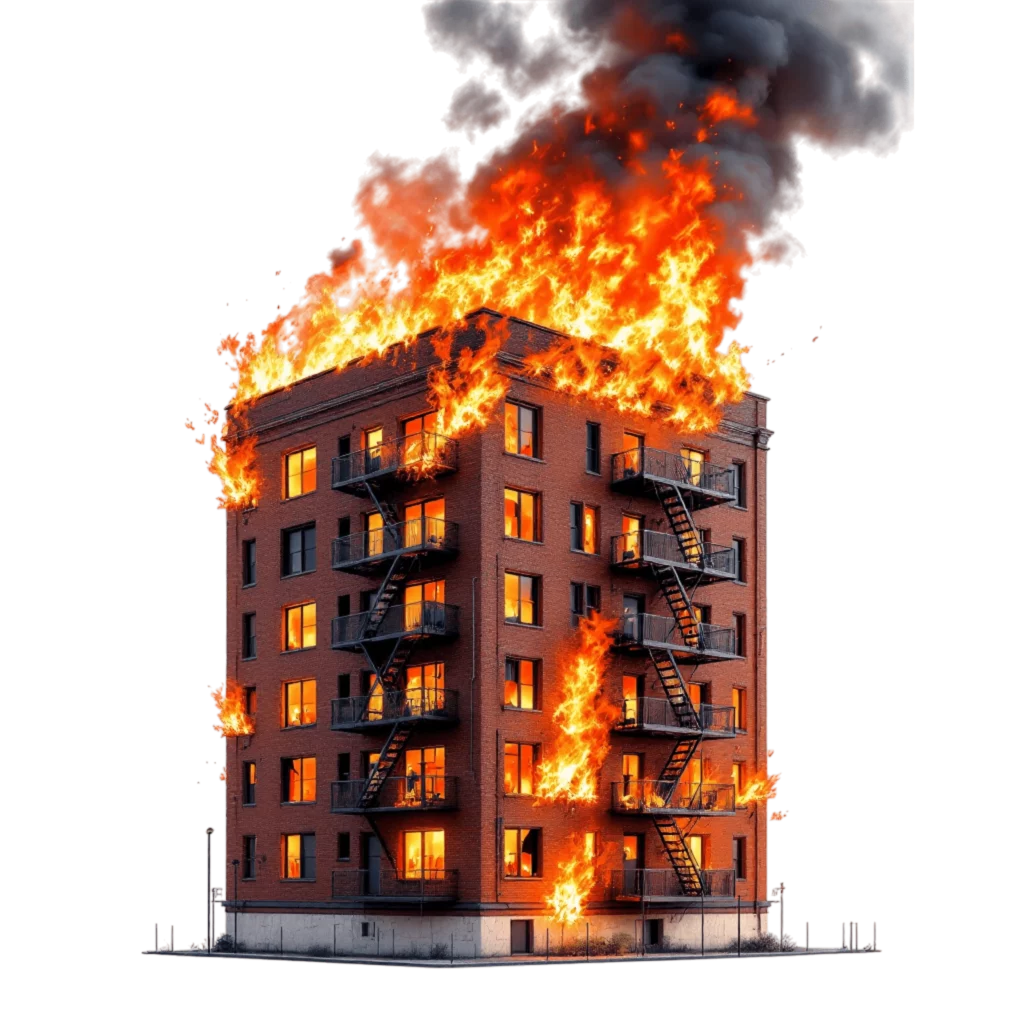
Temporary electrical wiring

Welding and cutting operations

Storage of flammable liquids like fuels and adhesives

Accumulation of wood, cardboard, and paper waste

Use of gas cylinders and generators
Each of these scenarios brings with it different fire hazards, which is why understanding fire classes is a key first step in choosing the right fire extinguisher.
Fire Classes Explained
To match extinguishers with the correct types of fires, it’s important to know the five main fire classes:






On a construction site, the most relevant classes are A, B, C, D, and electrical fires. Each class demands a specific type of fire extinguisher.
Types of Fire Extinguishers and Their Uses
1. Dry Powder (ABC) Fire Extinguishers
Suitable for: Class A, B, C fires and electrical fires
Use on: Wood, paper, flammable liquids, flammable gases, and electrical equipment
Why it’s ideal:
Dry powder extinguishers are versatile and widely recommended for construction sites because they cover multiple fire types. These are often referred to as “ABC” extinguishers due to their broad application.
Considerations:
They can be messy and may cause visibility issues in enclosed spaces due to the powder cloud. Residue can also damage sensitive electronics.
ABC extinguishers are the go-to option for general construction work where varied fire hazards exist.
2. CO₂ (Carbon Dioxide) Fire Extinguishers
Suitable for: Electrical fires and Class B (flammable liquids)
Use on: Generators, temporary electrical panels, machinery
Why it’s ideal:
CO₂ extinguishers leave no residue and are perfect for electrical equipment, making them a smart choice around temporary site electrics and server cabins.
Considerations:
They are not effective on Class A fires and should not be used in windy or open environments, as the gas can dissipate quickly.
3. Foam Fire Extinguishers
Suitable for: Class A and B fires
Use on: Paper, wood, and flammable liquids
Why it’s ideal:
Foam extinguishers provide a cooling effect and form a barrier to prevent re-ignition, which is especially useful when storing fuel on-site.
Considerations:
Not suitable for electrical fires.
City Fire notes that foam extinguishers offer a safer and cleaner alternative to dry powder when working primarily with flammable liquids.
4. Water Fire Extinguishers
Suitable for: Class A fires only
Use on: Wood, paper, cloth
Why it’s ideal:
Water extinguishers are cost-effective and easy to use where the main risk is from solid combustibles.
Considerations:
Never use near electrical equipment or flammable liquids.
5. Class D (Metal) Fire Extinguishers
Suitable for: Combustible metals like magnesium and titanium
Use on: Specialized construction or manufacturing sites dealing with metal cutting or grinding
Why it’s ideal:
Specifically designed for metal fires, which standard extinguishers cannot safely handle.
Considerations:
Not commonly needed unless dealing with specific high-risk processes.
Legal Requirements and Industry Standards
The UK Health and Safety Executive (HSE) and fire safety regulations require that suitable fire extinguishers be provided and maintained in working order on construction sites. The specific legal framework may vary by country, but some universal guidelines include:




The Designing Buildings Wiki emphasizes that the extinguisher type, quantity, and location should be determined by a thorough fire risk assessment.
Best Practices for Fire Extinguisher Placement on Construction Sites





Conclusion
Fire extinguishers play a vital role in managing fire risks on construction sites, but their effectiveness depends on using the right type in the right location. A well-prepared site should include ABC dry powder extinguishers for general hazards, CO₂ extinguishers for electrical fires, and foam extinguishers for flammable liquids.
Proper placement near exits and high-risk areas, combined with clear signage and routine maintenance, ensures quick access in an emergency. Training workers on extinguisher use is equally important. By taking these steps, construction teams can significantly reduce fire hazards and keep their sites compliant, well-equipped, and above all, safe.

